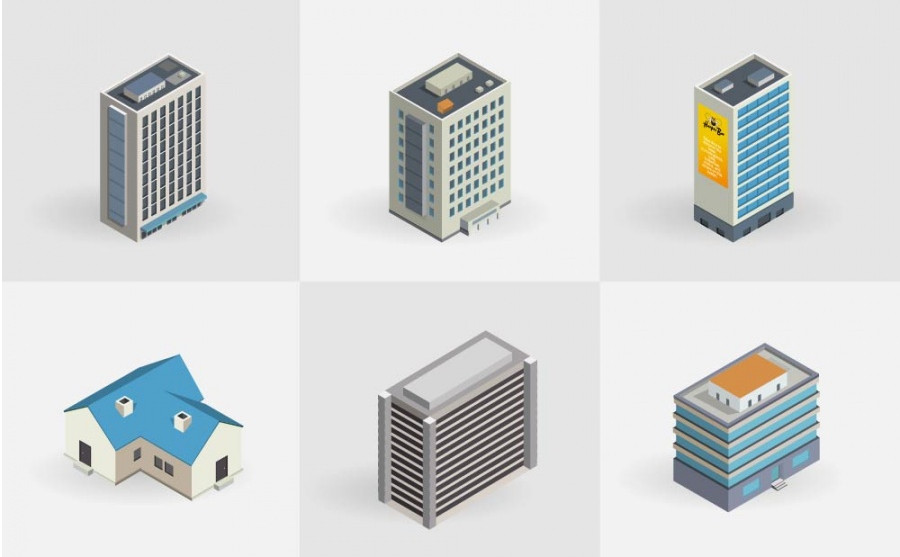In this post, we continue to explore the question who and what actually are the end parties in the Four Corner Model presented in a previous article. It is an important question because if we know these end parties and understand their needs, we can better understand the payment business. In fact, end parties are all customers of banks. Banks do have many types of customers: The private customers, the small and medium-sized business (SMB), the associations and non-governmental organizations (NGO) and the large companies. The previous article was about associations and non-governmental organizations. In the following we will look at large companies and consider their needs particularly in relation with (SEPA) credit transfers that they may initiate or receive.
Large companies have many hundreds to many thousands of employees and may operate their business in many countries all over the world. With multi-million euro turnovers, their needs in payment services are very sophisticated. Big businesses can make and receive a very high number of payments every day. They are customers of several Banks which may be located in many countries around the Globe. And so the payments may be in different currencies.

Like the other end parties, they can use bank secure web sites to follow what is happening on their accounts. But one bank web site is not enough to get the overview of what is going on in a multibank relationship. Getting a consolidated view of all accounts is of primary importance. Otherwise, impossible to know what the overall situation is. Yet, that is crucial for decision making and steering the activities. Large companies therefore look for solutions that can provide a centralized and consolidated view of all their accounts. The centralization of payments exchange with all their banks in a single solution also contributes to a better reporting.
For a large company, the manual input of payments for the salaries is just unthinkable. As already said, they may have thousands of employees and suppliers. That is the reason why their payments orders are transported to their banks in batch files (If you don’t understand what it is now, don’t bother. We will come back to that later on) generated and formatted in ERP systems or treasury solutions. After getting and processing of the Batch files, the banks send status reports (in files) back to the company. The reports contain execution status – success or failure – of sent orders. Ideally they should be processed in the same applications (ERP or treasury solutions) and automatically linked to the orders, so that people can see if something went wrong and take the necessary corrective actions.
Because of the huge number of transactions, large companies request banks to send account statements on a daily basis and sometimes even multiple times a day. The manual handling of the statements would require a lot of time and many staff resources and will still be subject to errors. IT applications are thus indispensable to carry out these tasks efficiently.
Now we get to the key point of this paragraph: large corporations (and NGO) have to set up specific software solutions and infrastructures to exchange payments and related reporting in an effective and efficient way with their many banks. The solutions should also provide the necessary consolidated view of all accounts. Integration and communication between banks’ IT solutions and company’s own solutions are crucial for the customer satisfaction. However, banks and companies should not lose sight of the main business issues because of the technical challenges. Banks develop many services and solutions to address large companies’ needs. However, each company is unique and has its own specificities. Taking the time to talk to the customer in order to understand them is always a good investment to make.
Security is a major concern for large companies. But unlike smaller companies, their means allow them to implement systems and procedures to keep their payment operations secure. Since fraudsters are not impressed and continue to launch attacks, banks and companies should never relax their vigilance.
The table below contains a summary of the needs of a large company.
| Large company as Debtor | Large company as Beneficiary |
|
|
|
|
With this article, we end the analysis of end parties in the Four corner Model. The key take-away: End parties have different needs and banks must adapt their offerings accordingly. Now that we have a good understanding of the Four Corner Model, we can look at the messages exchanged between banks and customers and among banks themselves.




